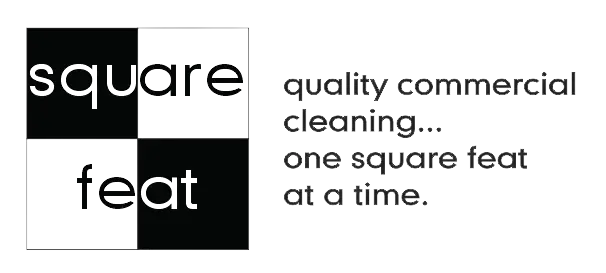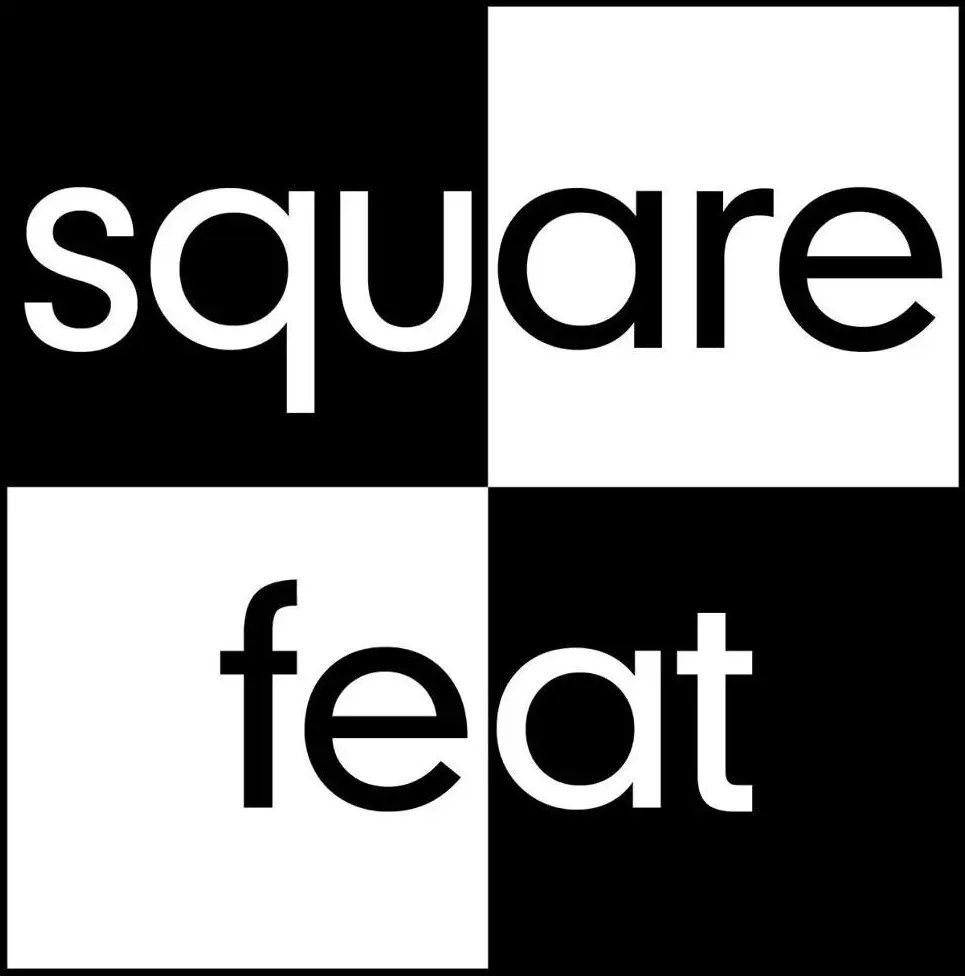Technology and automation are significantly transforming modern industrial cleaning services, making them more efficient, effective, and sustainable. Following are some key ways this transformation is happening. We drill down on disinfection technology related to industrial building cleaning services.
Robotics and Automation
Robotic Cleaners:
Automated floor scrubbers, vacuums, and other robotic cleaners equipped with sensors and AI algorithms can operate in challenging environments with minimal human intervention. These robots enhance cleaning accuracy, improve safety by reducing human exposure to hazardous conditions, and lower labor costs.
Drones:
In large industrial facilities, drones are being used for tasks like high-rise window cleaning and inspecting hard-to-reach areas, ensuring thorough cleaning and maintenance.
Internet of Things (IoT) and Smart Cleaning Systems
Real-Time Monitoring: IoT-enabled devices and sensors allow for real-time monitoring of cleaning operations. This includes tracking equipment performance, usage patterns, and environmental conditions, which helps in proactive maintenance and efficient resource allocation.
Predictive Maintenance:
Smart cleaning systems can predict when maintenance is needed, reducing downtime and extending the lifespan of cleaning equipment.
Electrostatic Disinfection Technology
Enhanced Disinfection: Electrostatic sprayers apply charged disinfectant particles that adhere to surfaces and objects, providing comprehensive coverage and long-lasting protection against pathogens. This technology is particularly valuable in high-traffic and critical areas.
How It Works
Electrostatic disinfection involves spraying a disinfectant solution that has been electrically charged. This process typically uses an electrostatic sprayer, which atomizes the disinfectant and gives the particles a positive electrical charge as they exit the nozzle.
Key Features
Charged Particles:
The positively charged disinfectant particles are attracted to negatively charged surfaces, allowing them to adhere more effectively. This ensures that the disinfectant wraps around and coats surfaces evenly, including hard-to-reach areas.
Efficient Coverage:
Because the particles are charged, they repel each other and spread out evenly across surfaces, reducing the likelihood of missed spots. Accordingly, this makes the method highly efficient, often reducing the time needed to disinfect large areas by up to 50% compared to traditional methods.
Reduced Chemical Use:
The efficient application means less disinfectant is needed to achieve the same level of sanitation, which can be both cost-effective and environmentally friendly.
Benefits
Enhanced Disinfection:
The thorough coverage provided by electrostatic disinfection ensures that all surfaces, including those that are difficult to reach, are effectively sanitized.
Time-Saving:
This method significantly reduces the time required to disinfect large or complex areas, making it ideal for high-traffic environments like schools, healthcare facilities, and offices.
Safety:
By reducing the amount of disinfectant needed and ensuring even application, electrostatic disinfection can minimize the exposure of cleaning staff and building occupants to potentially harmful chemicals.
Applications
Electrostatic disinfection is particularly useful in environments that require high levels of cleanliness and sanitation, such as:
Healthcare Facilities:
Hospitals and clinics benefit from the thorough disinfection of patient rooms, operating theaters, and common areas.
Educational Institutions:
Schools and universities use this technology to maintain clean and safe environments for students and staff.
Commercial Spaces:
Offices, gyms, and retail spaces utilize electrostatic disinfection to ensure a hygienic environment for employees and customers.
This technology has become especially popular during the COVID-19 pandemic, as it provides an efficient way to disinfect large areas and reduce the spread of viruses.
Would you like to know more about its applications in a specific industry or any other aspect of this technology?
Sustainability and Green Cleaning
Eco-Friendly Solutions:
Advances in cleaning solutions and chemicals focus on eco-friendly alternatives that minimize environmental impact without compromising effectiveness. Also, electrically powered robotic cleaners produce fewer emissions compared to traditional equipment.
Water and Chemical Optimization:
Automated systems optimize the use of water and cleaning chemicals, reducing waste and promoting sustainability.
Remote Monitoring and Control
Cloud-Based Platforms:
Facility managers can oversee cleaning operations and equipment performance remotely using cloud-based platforms and mobile applications. Not only does this enhance visibility, it allows for remote adjustments, and ensures optimal cleaning efficiency across multiple sites.
Future Trends
AI and Machine Learning:
Future advancements in AI and machine learning will lead to even smarter, more autonomous cleaning solutions capable of adapting to diverse environments and tasks.
Data Security:
As technology evolves, ensuring data security and privacy in connected cleaning systems will be crucial.
These innovations are revolutionizing the industrial cleaning services in Peoria AZ and nearby areas, making it more efficient, sustainable, and capable of meeting the high standards required in modern industrial environments. Contact Square Feat today for a free no obligation quote.



